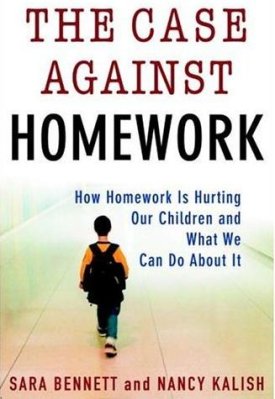This is straight from the HUC-JIR New York School of Education Alumni e-Newsletter, Winter 2007:
Snapshot: Experiment in Educational Innovation, Yonni Wattenmaker (Central Synagogue, New York City)New York City's Central Synagogue is actively engaged in an effort to provide compelling learning experiences that deepen our congregants' understanding of and commitment to Reform Judaism, and to guide them toward lifelong involvement in the Jewish community. It was from this determination that the full-time teacher initiative was established for the 2004-2005 school year. This cutting edge program sought to tackle the constraints of limited pre-class preparation time and conflicts with full-time employment by allowing qualified, dynamic young educators to devote their complete attention to the education of Central Synagogue's youth.
With the vision of Rabbi Rubinstein, the financial backing of generous donors, and the support of the Central Synagogue clergy and lay leadership, this educational initiative began in September 2004 with four full-time faculty members [actually, there were five - ed.]. Since its inception, the Synagogue community has not only witnessed a renewed energy among its children, but also an increase in enrollment and a heightened reputation among parents as being a program of true quality and engagement in a field too often lacking both.
As we embark on the 2007 school year, nine full-time teachers are in our employment. Each of them serves as the lead for a particular grade, third through ninth, or for youth group, and all work under my supervision, as the Director of Lifelong Learning. Textbooks are used only for Hebrew support, and each lesson is created by the lead teacher for that grade with input from myself and the rest of the full-time teaching staff. In addition to their roles in the classroom and at school tefillah, these teachers assist at all of Central Synagogue's family events, from creating and leading high holiday services and assisting at Shabbat and holiday programming to functioning as Mitzvah Day staff, working with adult education, and creating 123 Central, a brand new magazine publication for all of our Religious School families.
The Full-Time Teacher Mission Statement, created this summer, is as follows. Full-time teachers are an integral part of the Central Synagogue community. They advance learning through a vibrant and organic curriculum; build relationships with students and families; model Jewish commitment and positive identity; invite exploration of Jewish culture in a relevant and accessible way; and lead the community with a clear vision.
We are most fortunate to have found success with this initiative, and in March 2008, we plan to host a kallah where we can share our work with others who are interested in exploring this model for their own congregations. For more information, please feel free to contact me at ymw@censyn.org.





















